LATVIA 6th -8th APRIL
Latvia is a country located in Eastern Europe and is the middle of the three Baltic States. A country with a variety of history, interest and natural and architectural beauty, it is not one of the most visited on the tourist list making this country an undiscovered gem. Having wanted to experience somewhere totally different to what I was used to and also my first trip to Eastern Europe I decided to head for 3 days in Latvia though this would only give me an insight as to what is present in this amazing small country. I also came to not only see the capital city Riga, but also to experience nature in areas such as the Gauja National Park and Kemeri National Park and to visit Latvia’s Baltic coastline.
I arrived in Riga Airport after a flight from Stanstead before midday and headed directly into the centre of the city by bus passing through numerous residential areas some with traditional Latvian housing and others from the Soviet era often looking a bid daunting but interesting at the same time. The short bus ride finished next to the railway station and my first port of call was to head into an area of Riga known as the Old Town. Here situate numerous small cobbled streets with colourful buildings everywhere. This part of Riga has remained relatively unchanged throughout its history leading to this beautiful quaint an unspoiled traditional Latvian experience. A general wander around incredible architecture going from street to street then opening into large squares often filled with market stalls, good cafes and restaurants along with typical shops expected in a city.
I next went for some food before exploring the city in more detail. I had a fish soup filled with salmon and other numerous fish chunks surrounded by an array of vegetables all in a pot served with rye bread which is a deep strong dark looking bread. This I had with a coffee, one of the main drinks in Latvia. The food is fresh and though basic is good and full of flavour.
After Lunch I went to explore more of Riga and its interesting, inquisitive and small street. The first place I stopped off at is at the power house, a tall tower and fort which holds the Latvia War Museum. This is an interesting and well worth visiting to understand the history of Latvia in depth all of which has influenced the culture and people of this nation. As a brief oversight over the last 800 years, Latvia (or Livonia as it is traditionally known) has never had much independence and was constantly a ground for conflict and occupied by Germany, Poland, The Swedish Empire and the Russian Empire. Numerous wars and conflicts between numerous groups of people have amounted to the country being influenced by a variety of cultures. Eventually, Livonia became part of the Russian Empire under the Tsar for which It remained under Russian rule for over 200 years and Riga even became the third largest city of the empire. During World War One it came back under Germany and when WW1 ended Latvia declared independence though became under communism until its independence was recognised by Russia in 1920 were Latvia was independent for a brief part of history. In World War Two Latvia was invaded and taken by Germany and the Nazis and then by the USSR as the conflict continued. At the end of the war when Germany surrendered, Latvia was part of Soviet Union of which it remained a part of until the collapse of communism in 1991 where the country claimed independence. Since this it has joined the EU and has changed into the country we see today. The museum has many artefacts and detailed history of Latvian history, military history and is a good museum to find an understanding of the country and most of the museum has English translations.
After visiting the museum other notable attractions and building were the main cathedral in Riga with its impressive brick structure and ornate external decoration and brown shaped sort of domed steeple. Walking around also brings to Riga Castle a large impressive yellow castle standing high above the riverside which houses numerous museums and is also the political centre of Latvia. One cannot also note numerous colourful buildings and churches both Lutheran and Orthodox all ornately decorated and awash with colours.
The main square or Town Hall Square in Riga is a beautiful masterpiece of a square situated in cobbled surface and a wide space in the city’s where the Town Hall, numerous impressive buildings and the incredible House of the Blackheads is situated. The stoned brick a structure of the House of the Blackheads is ornately decorated externally with grand external features and figures and was a place of meeting. The square is one of the most beautiful parts of an attractive and ornate city. Overshadowing the square it is noticeable to see St Peter’s Lutheran Church which dominates the Old Town with its stone structure and notable copper green layered spire extending above the city towards the sky. The interior is impressive and quite basic but give a still and peaceful atmosphere and is often used for worship and exhibitions. The church also has a lift to the uppermost parts of the spire from where Riga can be viewed in all directions including both its Old and New towns, the River Daugava, and all of the interests and attractions Riga has to offer. Having explored the main sights of the Old Town. I then went to go and explore the New Town.

House of the Blackheads

St Peters Church from Town Hall Square

View from the top of the tower of St Peters Church across to the Old Town and Riga Cathedral
The New Town has not as many attractions as the Old Town, but still has great interest, stunning architecture and its fair share of shops, café’s and restaurants. Going from the Old Town the first notable and important monument is the Freedom Monument. The monument was erected in the 1930’s as a celebration of Latvia’s independence. The monument survived throughout the Soviet era and is a strong symbol of Latvia’s struggle for independence and the most important monument in Latvia to many people.
Another major building of importance is the Orthodox cathedral with its impressive golden domes, colourful brick architecture, pillars and ornate exterior, along with its grand scale. A part of the new town also boasts an area known as the Art Nouveau Section. This shows the great architecture, colourful paint washed buildings in an array of light colours. The facades of the buildings consist of beautiful and decorative faces, small statues and ornate external features and are amazing to walk around the areas streets and observe. They are some of the best collection examples in such a small area in the world. The new town boasts a handful of green and decorative green spaces with interesting trees and decorative buildings along with a small canal which is peaceful and relaxing to walk along. Riga is a beautiful city has a lot to offer.

One example of many of the impressive buildings in the Art Nouveau Quarter
That evening I also sat down to more traditional food in the form of dumplings, another Latvian dish. Near to the hotel was a self-service restaurant common thorough Eastern Europe with traditional dishes on offer and you select your meal as you go along, (the closest comparison in the UK is a canteen but there is a difference). Again the food had was delicious and warming though basic and simple and gives insight as to typical food in Latvia. I stayed at the A1 hotel in the New Town at a hotel combined with a pool bar, done up resembling a traditional style with some modern exceptions giving a relaxing and comfortable feel along with having a bar which sold a variety of drinks including beer brewed in Latvia. Latvian beer is similar to a larger but is very flavoursome with the slight hint of ale and a great drink to go down with food or in the evening after a great day exploring the country.
Breakfast in Latvia is also a good meal and being in the hotel meant I could try everything. It contains the normal cereal, toast and yoghurt as in most country’s breakfasts but rye bread, dry crackers, roast vegetables and many pickles or pickled items such as mushrooms were also on offer. Some of these are tasty and cleanse a pallet and are a great difference in the variety of most breakfasts.
The next day I wanted to explore the nature of Latvia so I decided I would travel out to Sigulda and the Guaja National Park located about 30 miles Northwest outside of Riga or about an hour on the train. The National Park was the first National Park and reserve in Latvia and protects a beautiful and diverse area covering predominantly forest but also farmed countryside and some small bogs with small towns and settlements dotted around the park. Upon entrance to Sigulda, the town is very welcoming and people friendly. It is very traditional, peaceful, clean and calm. Many walking routes are available from Sigulda and these are easy to follow on descriptive route cards for all abilities. Sigulda and the area has been visited by many visitors both throughout history and in the present day.

Gauja Valley
My walk took me from the main road walking back towards Riga which then passes after a few hundred yards the national bobsleigh track for Latvia which appears going down into the Gauja Valley, and compromises of an interesting structure and somewhat unexpected. Following this it is possible from the road to see into the valley in both directions and admire a beautiful and amazing view of the unspoilt forest. Passing another activity centre then after on the next corner turning right I joined a small path around the back of a building. Leading a few hundred yards to a viewpoint. The valley becomes clear and it is possible to see dense forest and a combination of deciduous small white barked trees amongst coniferous giving the inside of the forest a huge variety and covering the valley in its entirety except for the deep wide River Gauja flowing directly through the middle carving a magnificent and beautiful valley. The path descends to the right via a steep slope and occasionally steps to reach the bottom of the valley and the riverside. The river is steady flowing and the valley allows emersion in nature and being at peace. The route I took lead me to follow the bank of the river downstream passing some boggy clearances but predominantly exploring the beauty of the forest and its peaceful surroundings. The forest on the river bed was also quite mossy showing the purity of this particular area. On the next bend in the river, a bare face of sandstone is present called the Devil’s Cliff. This is the largest bare faced cliff in the Baltics and is a beautiful feature of the river observed only from the side I was on and at a very tranquil spot, with the cliff being predominant and a combination of golden bronze sides of the cliff with its erosion providing an interesting and naturally beautiful cliff side and riverbank. Some small caves can also be observed amongst the dense forest sides. Continuing on along the tranquil river bank leads to a suspension bridge which I crossed to reach the other bank.

River Gauja

Devil’s Cliff
Next turn right lead me to a path which follows the river above the Devil’s Cliff and the path undulates through the forest with views on the river through the trees. Continuing to the inside of the meander leads to some small caves and interesting bogs. There is an array of plant life. The sandstone cliff continues above the path with interesting rock formations and springs. There was also an array of frogs in some of the pools. Retracing back slightly lead me to a staircase to the top of the cliff and after a very short section on the road I took a track on the right hand side following a forest track with the occasional break where farmland is present. The forest has occasional views over the river but the track also on looks at dense forest with purple flowers often littering the floor and a decent track which after about a mile and a half turns right and heads into Kirmulda.

Forest on route to Kirmulda
The first signs of Kirmulda are in the form of traditional farmstead buildings. They are a combination of stone built and brick all formed together with corrugated metal roofs. They are slightly dilapidated in appearance but are beautiful and rustic at the same time and are similar to many rural buildings. The path passes rightward and then through the garden of Kirmulda Manor, a beautiful and large white building prominent on the landscape now used as for recovery. The path meets the road after passing the Cable Car and ends at the top of the Serpentine Road, which was built to enable easier access across the valley and also for a visit of a Russian Tsar. Continuing over the bridge brings one to the Kirmulda Castle Ruins which are interesting and show the foundations and part of the stone built structure. A stairway at the far side descends back into the bottom of the Gauja Valley then turn right to cross a stream left to pass two small lakes where a small snake was witnessed.

Farm building near Kirmulda
A little further on brought me to the Gutmanala Grotto, the largest in Latvia. This cave is evident of tourism throughout numerous years and has been the subject of many local tales. The cave is impressive in the sandstone and stands out amongst other features with a small river running from the cave. It is 10m high, 12m wide and 18m deep inside.

Gutmanala Grotto
After passing the grotto I headed on the path signing Turaida which goes up out the valley and through more coniferous forest. On the right hand side there are views across looking at the impressive brick faced Turaida Castle which is next to visit. When the path reaches Turaida heading across the car park is the entrance to the Turaida Castle and Museum. This ground compromises of a handful of traditional Latvian buildings, a church and gives a good insight into rural Latvian life past and present. The buildings are beautiful but quite rustic in appearance yet interesting to visit along with numerous exhibitions and sculptures. The main attraction is Turaida Castle with its impressive round brick tower rising above the valley. It provides amazing views over the River Gauja from the top. The castle and surrounding valley were important strategically in Latvia’s history and the castle compromises of a stone built structure covered in brick to give it its reddish look. Parts of the castle are being restored. The castle and exhibitions are interesting and give an insight into the history and structure of the castle and surrounding areas and are in numerous languages including English. It is defiantly a good attraction to visit.

Turaida Castle

View from top of castle tower down the Gauja Valley towards Sigulda
Leaving the castle, I retraced my route back into the forest taking a right turn at the first signed footpath junction to follow the top of the valley before descending back into the valley by Gutmanala Grotto. Following the river, I took the route following the road to cross the River Gauja again and turn right immediately after. The path then takes a cycle track up to Sigulda on the left hand side providing amazing views back to Turaida Castle and over the forested valley. Then heading leftward around the park at the top this follows to the stick park where sculptures of coloured sticks often associated in a traditional Latvian style are present. From here I headed past the bright white Lutheran church, an interesting, basic but impressive building. Continuing past brings to the castles of Sigulda. The New castle is an impressive large stone structure surrounded by a beautifully tranquil walled garden which includes sculptures. The old castle is in ruins but a lot larger in size and events are held in the castle grounds. Its grey stone structure can be visited and provides an impressive view up the Gauja Valley and it is another place of historical importance in this valley. After visiting the castles, I navigated my way back around the streets of Sigulda to the train station marvelling at this beautiful small Latvian town.

Sigulda Lutheran Church

Sigulda New Castle
For the third day I set off from Riga to Kemeri, about an hour’s journey by train. When Latvia was part of the Russian Empire, Kemeri was a major tourist resort surrounded by forest, nature and bogs popular with tourists in the past as a place of relaxation and healing due to the local water. Though parts of the town remain in a run-down state, parts of the town are filled with beauty and immense nature in the area. From going from the train station I headed down the road following signposts towards the tourist hut in the forest approximately 2 miles from the station. From here an impressive building greets you out of the forest.
The short board walk in this area the route I decided to follow first. This was the route around a boggy woodland and swamp. The area is very densely forested yet paths on this short route are clearly marked and so make as an easy walk accessible for all. The forest consists of a variety of species from coniferous and deciduous trees with small silver bark glinting out from the dense woodland. The bog is thick and deep but criss-crossed by small streams providing an interesting environment whilst other parts of solid ground consist of a green carpet and mosses common in Latvian forest. The area is peaceful and tranquil and a good platform to observe the nature of a unique environment. It could be likened to parts of the New Forest in the UK.

Kemeri National Park near the Boardwalk
Following this short walk, I then preceded to do another walk of a short distance known as the Spring Trail. This starts at the main tourist office and heads back to the main road then continuing directly straight on. This route follows tracks marked with white and blue markings showing the correct trail. The peacefulness and purity of the air is immense and is great to observe the forests beauty occasionally broke by the odd bog and ground around switches from being a small green layer to bog and dense mosses. One also cannot help but notice a wide variety of fungi of various varieties throughout the route both on trees and at ground level. At the first footpath marker turn right to go further into the forest. At the next marker I turned left to head away from Kemeri. After following the track some more by an old abandoned building the main track ends and at this point in the backdrop a sulphur spring is observed dishing out a strong potent smell filling the air and water discolouring the water into an array of gold, yellow and white some of which is deposited at the side of the river, this adding interest to the walk. Kemeri is a spa town and the high content of sulphur made use as an aid in the towns attraction as a key resort. After visiting the spring, I retraced my steps to the last junction and took the track into Kemeri.

Tracks in the forest on route to the Sulphur Spring

Water from the sulphur spring
As I had a short while until the train I decided to explore this town which consists of residential buildings of rural Latvia, some grand buildings from the resort, a few attractions and a small handful of abandoned buildings. The first place I went and saw was another sulphur spring known as The Lizard. The sulphur well is contained in a bricked well covered by an ornate pagoda, with the lizard sculpture just below where it flows into the stream next to a small arched bridge. Nearby under restoration is the main resort hotel in Kemeri, a grand white building situated in peaceful park grounds currently under restoration. Passing through the grounds around leads to a grand orthodox church with blue and gold domes situated on a bright yellow and green building, ornately emerging from the peaceful and quiet wooded parkland. On route to the station I also passed another impressive Lutheran church constructed from light brown stone with the building having an interesting and vivid frontage.
From here I headed back to the railway station and took the train to Majori, the centre of Jurmala which was a 30-minute journey on the railway towards Riga. Jurmala is a beach resort both historically in times of the Tsar and until this day and is by far the most popular in the country. From leaving the train station, the first place that I visited was the main High Street, a very clean, bright and vivid street filled with café’s, restaurants and shops. The buildings are a combination of modern and traditional, some painted bright colours, give a peaceful and calm atmosphere on the main street. I stopped off at one of the restaurants on the main street to sample a traditional beef stew which consisted of chunks of tender beef and the usual array of Latvian vegetables, differing by having little liquid and a large quantity of heart-warming melted cheese covering the top of the stew. After stopping off for lunch I continued to the end of the main street, turned left and headed towards the beach.
The Baltic coast is known for being beautiful. At Jurmala the beach was amazing consisting of miles of white sand stretching all around the bay with deep blue sea. The edge of the beach is covered with an array of trees where the beach goes directly into the forest. There are very few signs of human intervention along the shoreline giving a very natural feel. Even in Jurmala the town is set back behind the woodland so it is still very natural. Despite being the main beach resort, it was quiet and is possible to very quickly be alone and have a segment of this amazing coastline to ones-self. I followed the beach for about 1.5 miles passing the green and glassed domed spa baths, famous and apparent on the front of the shoreline. Upon leaving the beach I headed across to the other side of the spit with views inland across a large reed bed and river. Before heading back, I passed another Lutheran church, again an impressive stone built and colourful structure. Another building was a vivid, outstanding, light blue Orthodox Church with a blue dome and lined with striking yellow and gold around the exterior. After passing these I headed back to the train station and back to Riga and the next day travelled home.

Baltic Coast from Jurmala

Baltic Coast from Jurmala
My short time in Latvia has been an amazing experience and I enjoyed every moment. Though small, it is a great and interesting country with a fascinating history and filled with many areas of natural beauty such as its coastline and woodland. The capital Riga is historic and a beautiful city filled with beauty and many attractions worth visiting and a great place to soak up the atmosphere of Latvian culture. The Gauja National Park explores nature at its best in Latvia and is a place of great tranquillity, beauty and rural life with the area around Sigulda having many attractions and opportunities to experience rural Latvia. Kemeri also offers a chance to explore the nature of Latvia and a Latvian town. Jurmala the main beach resort offers a great coastal experience and a chance to explore the beauty of the Latvian coastline from this beautiful resort. Latvia is good for food and all the meals I had were basic but delicious and heart-warming. Latvia has an excellent culinary variety very different from the UK and coffee and alcohol are of good quality and taste. English is spoken well though speaking using a few simple phrases will be appreciated. It is also cheap to visit in comparison to the UK and many other European countries.
Latvia is undiscovered, yet is a great, beautiful and interesting country well worth a visit
Future ideas for should I visit Latvia again are long and I would love to explore more of the country and those that surround it in the Baltics. Firstly, Riga is a great and beautiful city and I would recommend at least two days, one to see sights and one to visit many museums which are interesting and give understanding to the history, culture and heritage of Riga and Latvia. I would also like to revisit and explore the Gauja National Park in more depth as there are so many interesting trails of various lengths in this beautiful segment of the country, (possibly a backpacking trip along the River Gauja from Sigulda to Cesis). There is also an urge to explore the more rural inland areas of Latvia off the tourist area and explore the beauty of this country in a greater depth. Finally, the Baltic States and coastline offer an opportunity for adventure in Latvia, Lithuania and Estonia and exploring their cities and landscapes would create amazing trips.


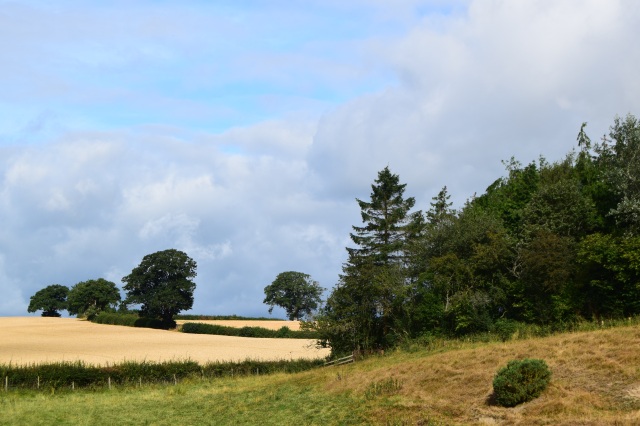
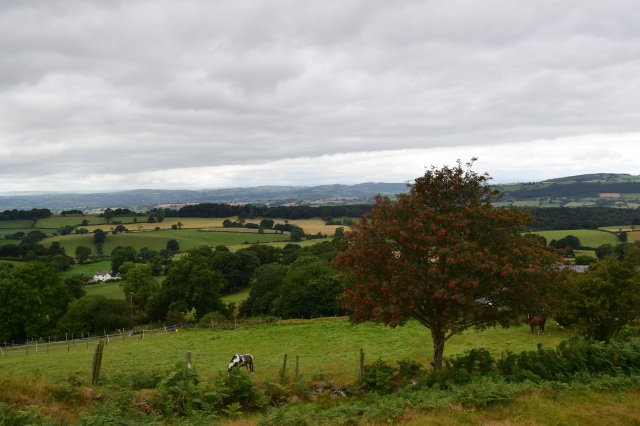
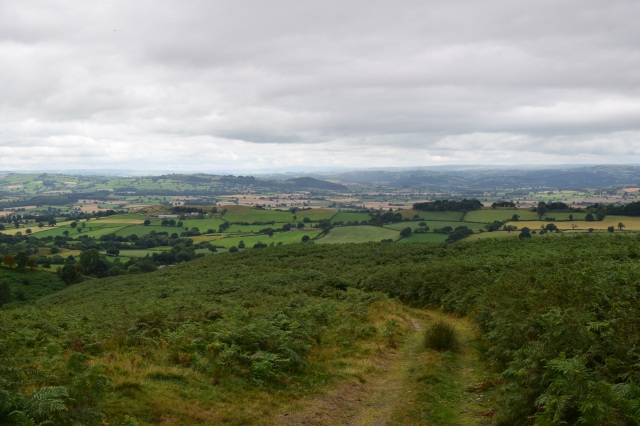
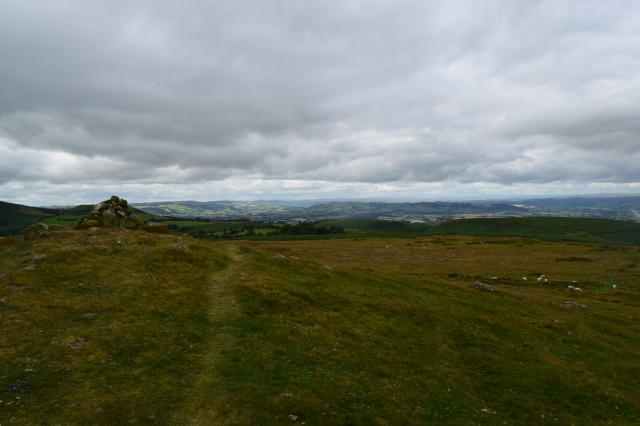


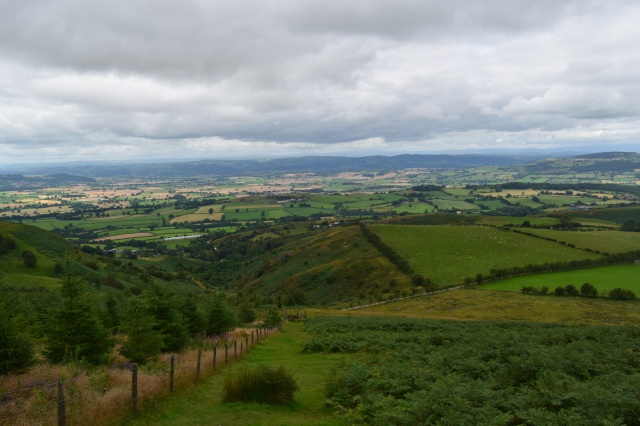



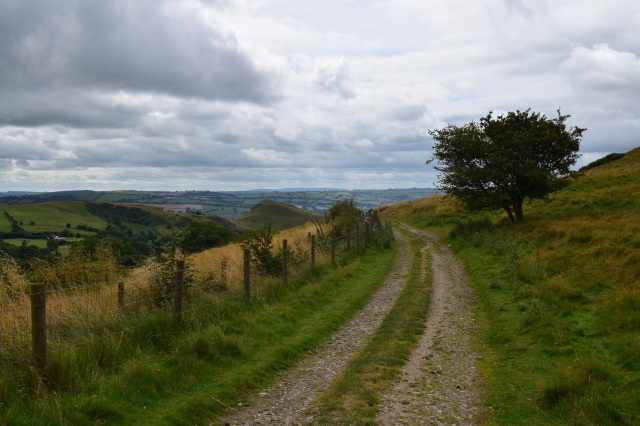





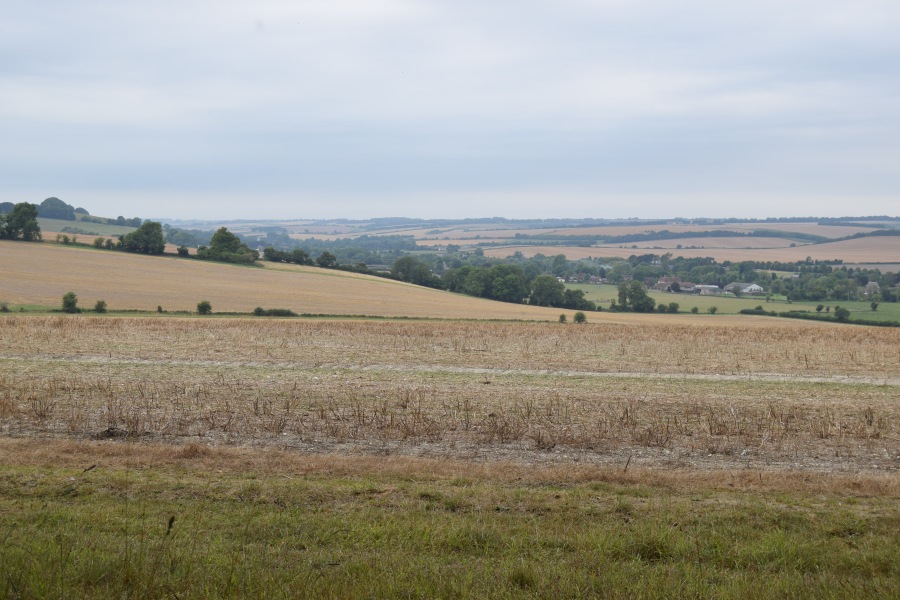
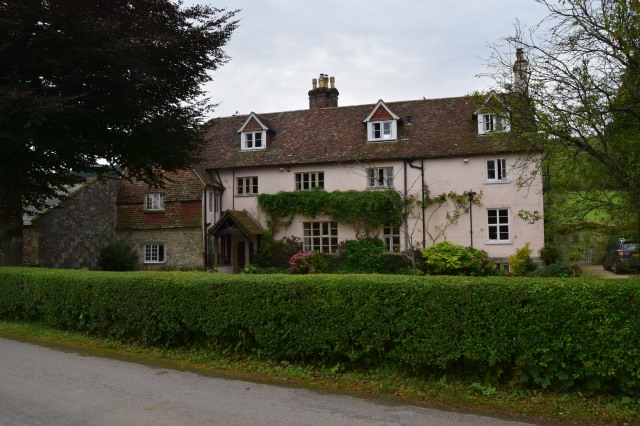
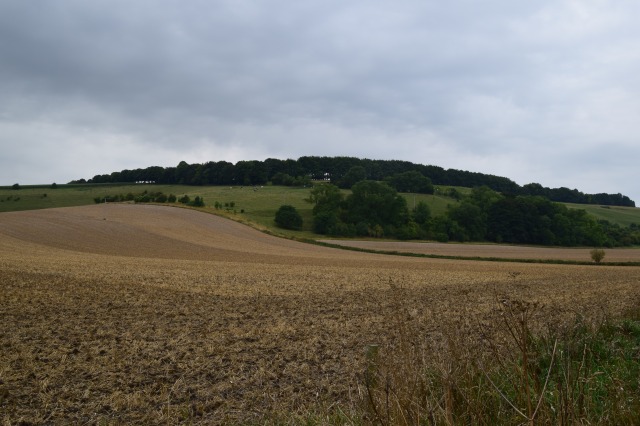
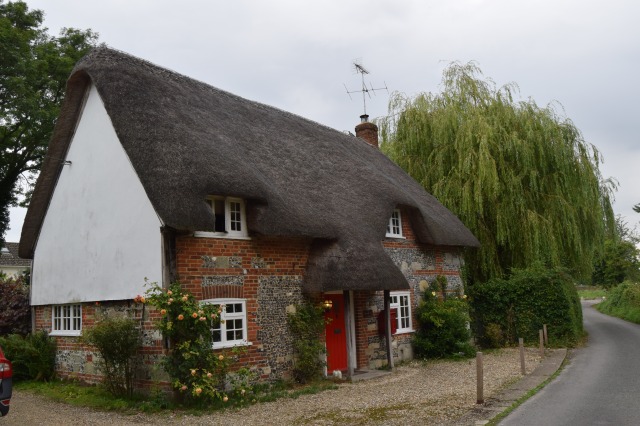

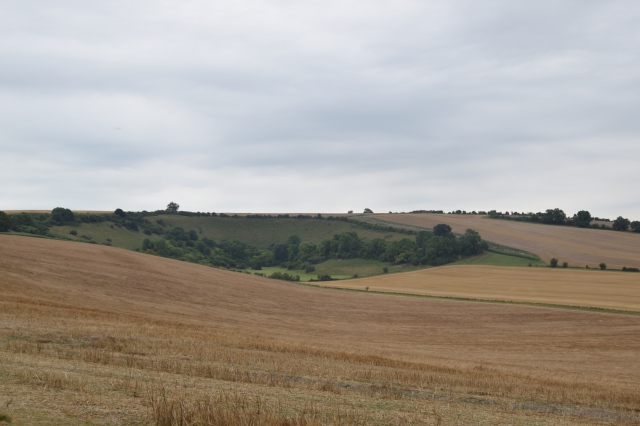

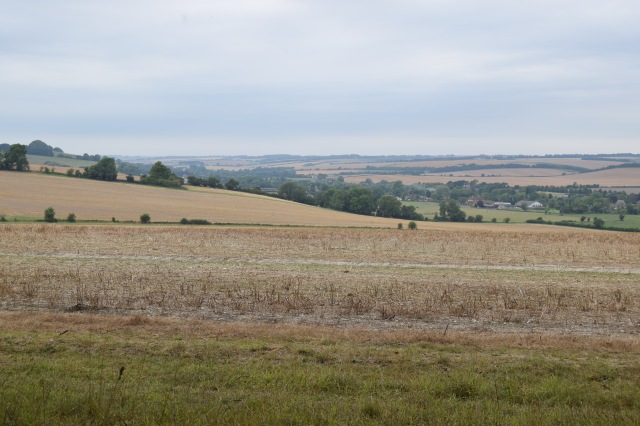
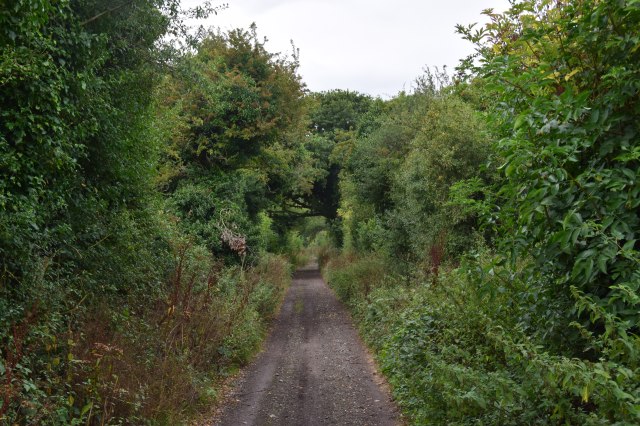











 Poole
Poole





























































































































